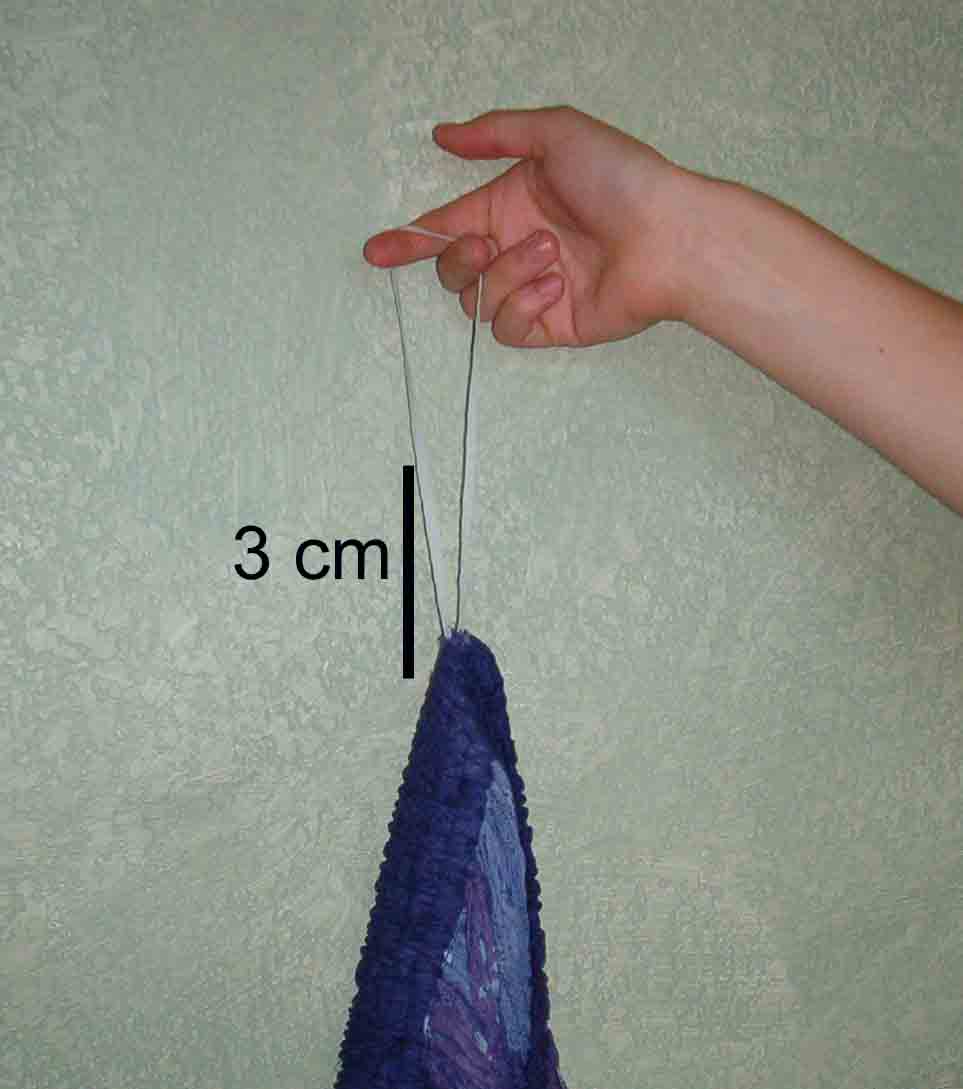|
Home
Project Evaluation
|
|||||||
2.1) Wingardium Leviosa* In Harry Potter and the Sorcerer’s Stone by J.K. Rowling, Ron Weasley manages to knock a troll out by levitating its club and then dropping the club on the troll’s head.
2.2) Valentina’s Flight** The first woman in space, cosmonaut Valentina Tereshkova, flew in 1963. She orbited the earth 48 times during her 70 hour 50 minute flight at an average altitude of 165.5 km above the surface of the earth. Her spacecraft, Vostok 6, had a mass of about 4700 kg.
2.3) Aswan High Dam** The Aswan High Dam in Egypt, built from 1960 to 1970, is an engineering masterpiece, though it has caused environmental and cultural problems in the surrounding area. It increased the amount of cultivatable land in Egypt by 30% and produces 2.1 GW of power, but over 90,000 people were displaced by Lake Nasser, the reservoir formed by the dam. Also, about 12% of the water held in the lake is lost to evaporation. This enormous structure generates power by letting the waters of the Nile fall from a height of 111 m.
2.4) Visit to Vesta** You are the first person to set foot on the asteroid Vesta, on of the largest asteroids in the solar system with a mass of 3.0 x 1020 kg and a radius of 265.5 km.
2.5) Making a Skirt* Erika is sewing a 75 cm piece of elastic into the waist of a skirt she is making. After she has threaded it through the skirt and stitched the two ends of the elastic together, she notices that when she holds up the skirt by the elastic alone the loop stretches 3 cm towards the floor.
2.6) Bungee Race*** Between periods of hockey games, bungee races are a fun but silly way to keep the crowd entertained. A few lucky fans get hooked to bungee cords and have to run across the ice to retrieve their prizes. Of course, they tend to lose their footing and get pulled back to the starting point. Tom, whose mass is 80 kg, is selected to participate. He runs across the ice and manages to stretch the bungee cord, with a spring constant of 100 N/m, 3 m longer than its normal length of 5 m before falling.
|
|||||||
Posted on 8/1/05 © 2000-2005 Physics For Everyone. All Rights Reserved. |
|||||||

